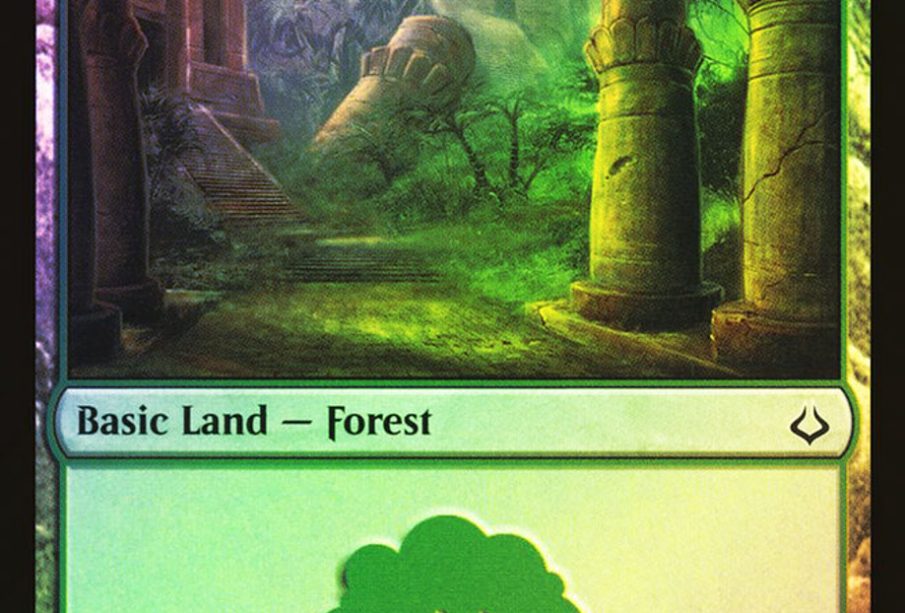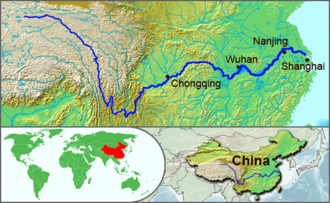The Critical Importance of Forest Conservation

Introduction
Forests cover approximately 31% of the planet’s land area, playing a crucial role in supporting biodiversity and regulating the Earth’s climate. They are vital to life on Earth, providing habitat for countless species, absorbing carbon dioxide, and producing oxygen. Given the increasing pressures from deforestation and climate change, understanding the significance of forest conservation is more important than ever for sustainable development and environmental health.
The Current State of the World’s Forests
Recent reports indicate alarming rates of deforestation, particularly in tropical regions. The World Resources Institute highlights that the world lost about 10 million hectares of forest each year between 2015 and 2020. This loss is primarily driven by agricultural expansion, logging, and infrastructure development. Notably, the Amazon rainforest, often referred to as the “lungs of the Earth”, has faced unprecedented deforestation, threatening its diverse ecosystems and the climate.
Impact of Forest Loss
The consequences of deforestation extend beyond loss of trees. It disrupts ecosystems, endangers wildlife, and contributes to climate change by releasing stored carbon dioxide into the atmosphere. Furthermore, deforestation affects local communities that rely on forests for their livelihoods, food, and cultural practices. According to the United Nations, Indigenous peoples, who protect approximately 80% of the world’s biodiversity, are among the most affected by these changes.
The Need for Conservation Efforts
Recent initiatives aimed at forest conservation have begun to show promise. The United Nations’ REDD+ programme encourages developing countries to reduce emissions from deforestation and forest degradation. Various NGOs have also launched reforestation projects, aiming to restore native forest ecosystems and increase carbon capture. Moreover, sustainable forestry practices can help maintain the balance between wood production and ecosystem health.
Conclusion
As the global population continues to rise, the demand for land and resources will only increase, potentially exacerbating the challenges faced by forests. It is imperative that governments, organisations, and individuals take immediate action to protect and restore forests. Implementing policies that promote sustainable land use, protecting existing forests, and investing in conservation efforts are essential for maintaining the ecological balance and combating climate change. By prioritising the health of our forests, we not only safeguard wildlife but also secure a sustainable future for generations to come.




